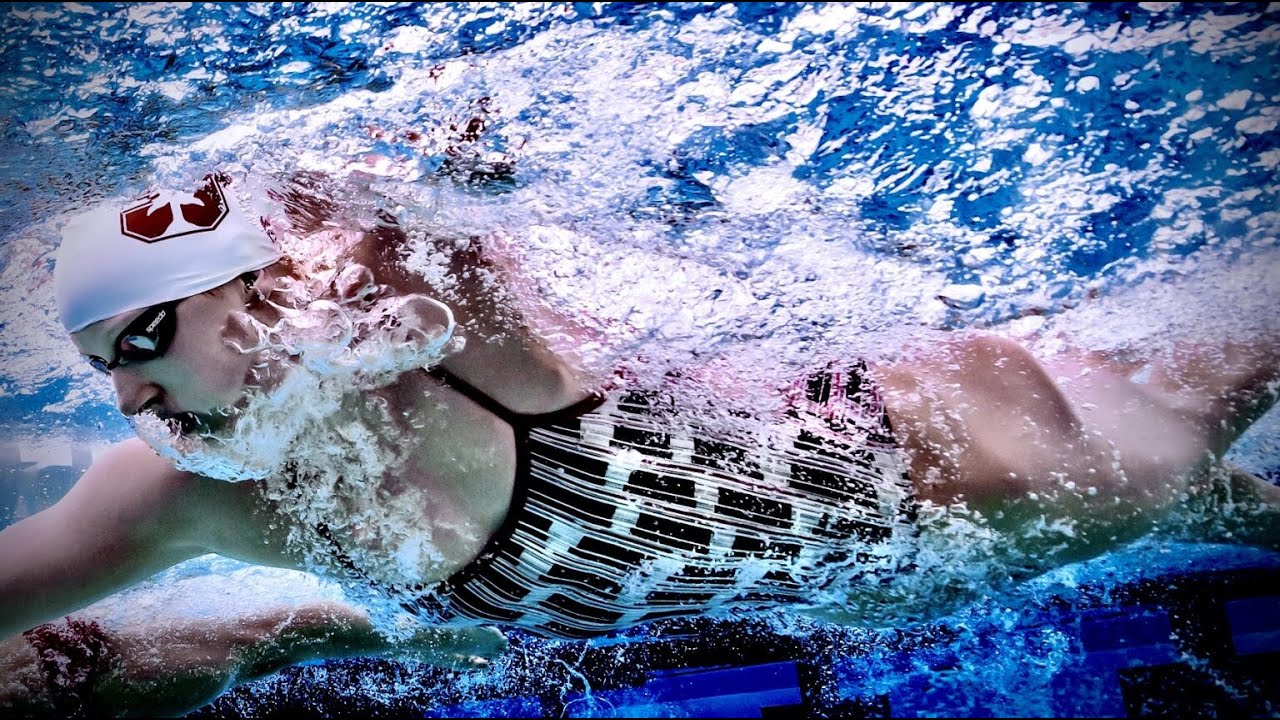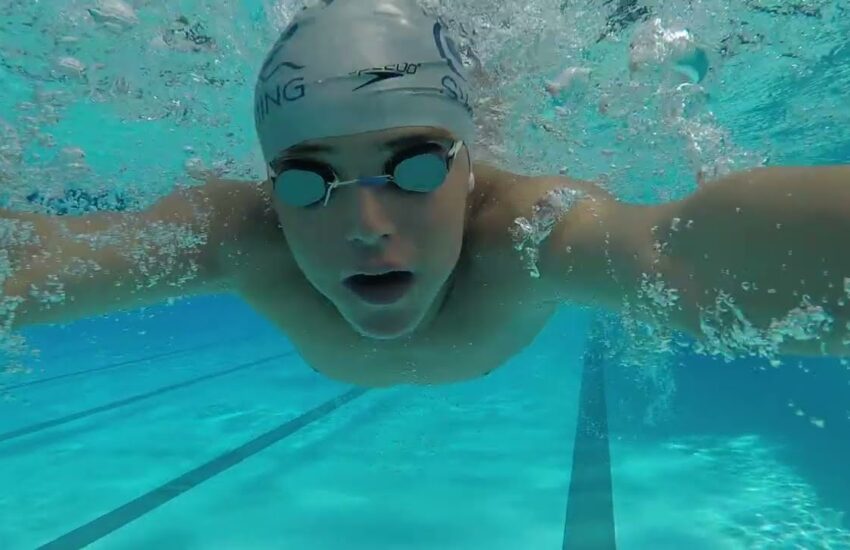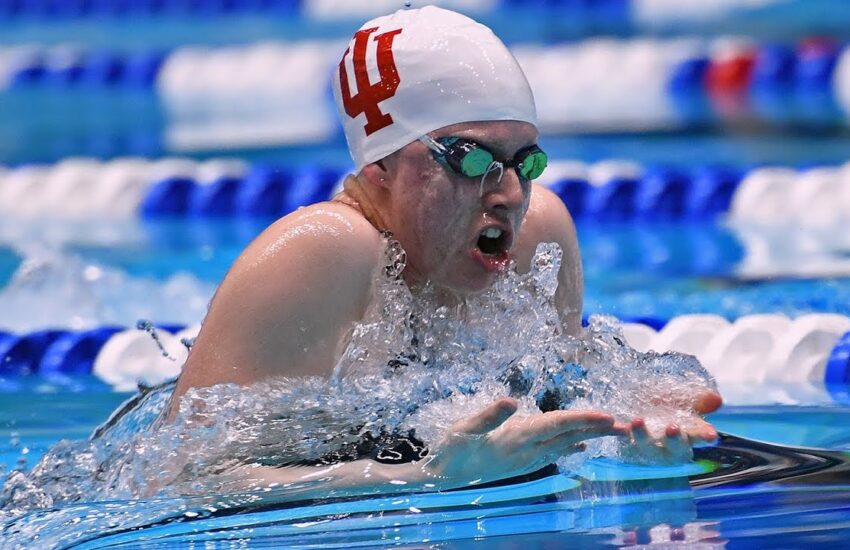How to swim faster?
If you’re a swimmer looking for ways to get faster, there are three main areas to focus on. These are Technique, Endurance, and Approaching the walls quickly. Following these tips will help you reach your swimming goals. In this article, we’ll discuss each of these aspects and how to make them work for you. Learn these tips to improve your speed and enjoy swimming! The most important thing to remember is to have fun!
Technique
The key to swimming faster is improving your technique. This will increase your speed, which is a combination of length of lap/lap time and total distance/time. All aspects of swimming play a role in the process, so it is important to improve all three. Here are some tips to help you improve your swimming technique. First, believe in yourself. If you believe in your abilities, you will swim faster! You may even be able to swim faster than you did before!
Another technique for swimming faster is reducing drag. Water is more dense than air, so it will slow a bullet down to 6-8 feet per second. As a result, swimming faster means putting more effort into propulsion. To do this, you must be relaxed. A lot of swimmers tense up when they are told they need to swim fast, which does not work and drains your energy. Avoid tensing up by keeping your body and arms in a horizontal position while swimming.
Another technique for swimming faster is to use your arms and legs as much as possible. A lot of swimmers reach too far forward and pull across the midline, but this is not the most efficient technique. Use a 10-2 entry instead. You will move your hands from the front of your nose to the side of your shoulder and engage more of your bigger back muscles. This will help your arms and legs work in sync to propel you forward faster.
Efficiency
Swimming efficiency depends on how much energy the body expends during a certain process. A swimmer’s energy expenditure depends on several factors, including the surface area of limbs that push against the water, timing and direction of actions, and the energy used to generate and shed vortices. By using a variety of techniques and methods to increase swimming efficiency, one can become more efficient in a particular swimming style. Here are some techniques that can help swimmers maximize their efficiency:
One method is the use of anaerobic vs. aerobic swimming. The anaerobic component contributes to more than half of an athlete’s overall energy expenditure. In fact, swimming can be measured using different methods, and the differences were significant for many swimmers. However, the lag time between front crawl and backstroke is a better measure of efficiency in both strokes than is the total energy expenditure. Besides, the anaerobic component of swimming is largely neglected in most studies.
Swimmers with great athleticism and youth would be considered elite swimmers. Older swimmers enjoy a sense of skill and artistry when swimming. They regularly reach psychological Flow States and sometimes enter them in competitions. Their strokes are effective and they quickly recognize when they’ve departed from their flow state. They also notice subtle Kaizen opportunities throughout the competition. In essence, efficiency in swimming is about swimming faster. But how do you measure this?
Endurance
Building endurance is a key component to speed swimming. Although swimmers all have the same goal of increasing endurance, they all take different paths to get there. You can increase your swimming endurance by gradually increasing the length of your swims, as long as you keep good form. For example, if you have just started swimming, you can gradually increase the distance of each set, but you should never go over your maximum heart rate. In addition, you should increase your distance only if your stroke is efficient. The next step is to add a cross training program, which allows you to engage in aerobic exercise outside of the pool.
To improve swimming speed, you should practice a variety of drills. These drills focus on developing proper stroke technique. Practicing these drills regularly will give you more energy and a better feel for how fast you can swim. Vary the pace of each drill, too. Do not do the same lap at a fast pace for the whole practice session. Alternate faster laps with slower ones to achieve a more even mix.
Approaching walls quickly
To swim faster, you need to accelerate into turns and finishes. Many young swimmers make the mistake of changing their technique while approaching the wall, losing valuable time. Instead, focus on speeding up into turns and finishes and finishing each length with ferocious intent. Here’s how to get started. Read on to discover the most important tips for approaching walls quickly and swimming faster. And, don’t forget to practice these tips before you race!
The first step in approaching a wall quickly is to plant your feet side-by-side on the wall. Make sure that the toes point 45 degrees. Next, turn your head and look up to the ceiling or wall. As you swim, extend your hand above water and meet your underwater hand. Repeat this motion several times. The goal is to spend minimal time at zero velocity. If you can achieve this, you’ll be swimming faster than ever.
As a tip for approaching walls quickly, remember that the slipperiness of the wall can have a significant impact on your speed. The touch pads at the Etobicoke Olympium were notoriously slippery, and world champions have been known to slip and fall on these surfaces during big competitions. Additionally, poor air quality can impair your breathing and cause headaches. Regardless of your preferred swimming speed, you can improve your stroke technique by learning how to approach walls quickly.
Putting pressure on the water
Developing your sensitivity to the motion of water is crucial for swimming fast. The water can feel the force applied by your hands through subtle hand movements. Using a clenched fist to push off the wall takes away most of this ability. Instead, gradually open your hand fractionally at a time, until it is fully opened. Swimmers should notice when their hands are “feeling” the water.
In order to develop a better sense of water pressure, you should practice clapping your hands in the water. Do this exercise while in chest-deep water, with your eyes closed and palms together. Afterwards, try to clap your hands rapidly as fast as possible, noticing where your hands are the most relaxed. Once you’ve mastered this technique, you’ll have a better feel of the water and can apply greater pressure and power to your strokes.
Many swimmers struggle with their entry technique. They reach too far forward and pull the water across the midline. Instead, they should enter the water by extending the blade directly in front of their shoulder. This will allow the blade to go through the water as far as possible while still maintaining control of their body. This will also engage the bigger back muscles. If this is done correctly, swimming faster will become second nature.
Breathing out
Most competitive swimmers aim to finish first in their heat. They train their muscles, perfect their stroke, and sometimes even shave their bodies. But the secret to swimming faster is not all about physical strength; proper breathing is crucial for better performance in the water. Breathing properly will increase your body’s oxygen supply and make your stroke more efficient. Listed below are some tips on how to breathe to swim faster. You will feel more energized and relaxed.
The right way to breathe is crucial to speed and accuracy in swimming. You should exhale slowly and humming your air out. Avoid forcing yourself to empty your lungs; this will only waste energy and decrease your speed. Rather, leave some room in your lungs so that you don’t end up breathing out all at once. It’s better to have some air in your lungs than to be completely reliant on the next breath.
When doing open turns, exhale before touching the wall and inhale when your head is out of the water. Most swimmers make the mistake of breathing in and out on the wall, which will slow their turn speed and decrease their available oxygen for the stroke. This can be corrected by using a workout video and practicing the technique. And when the time comes to swim in an open-water competition, don’t let your body become a victim of bad technique.
Keeping a long stretched out body position
Trying to swim faster? One way to do it is by keeping your arms long and stretched out. This helps your arms propel you forward much more efficiently than short arm pulls. Instead of kicking with your arms straight out, stretch them out and bring them to a vertical position. Stretching your arms will help you swim faster and save energy. It also helps you keep your body aligned as you swim.
To achieve this position, rotate your shoulders 30 to 45 degrees on the side, while stretching your arm out in front of you. Think of your arm as a chain. Make sure you feel the stretch in your latissimus dorsi, the largest muscle in your back. This helps establish a stronger pull and keep your hips high. If you do not keep your arms straight, you’ll tend to arch your back.


